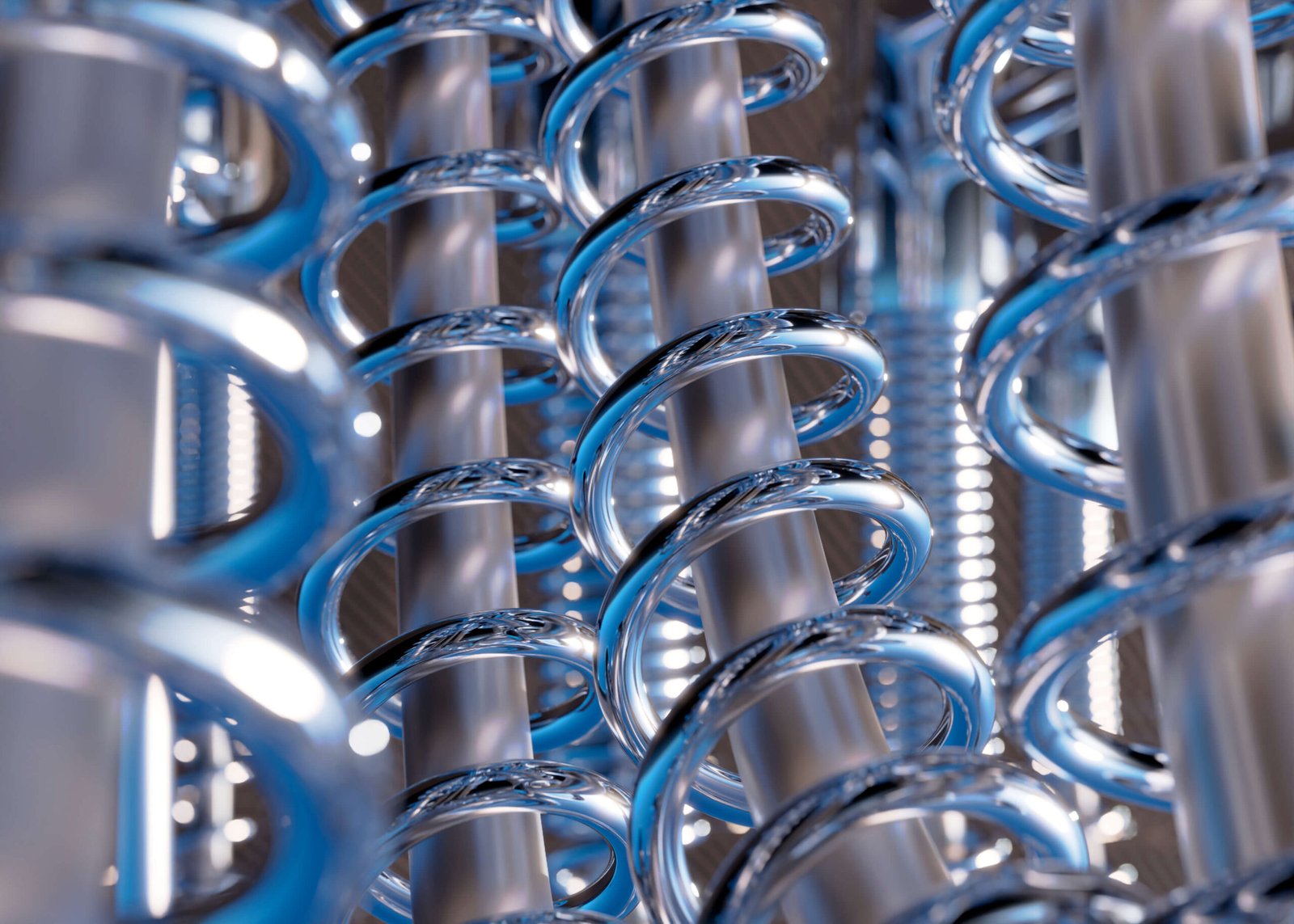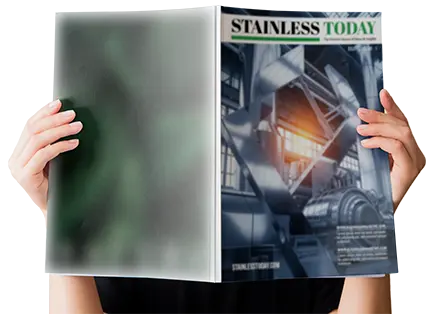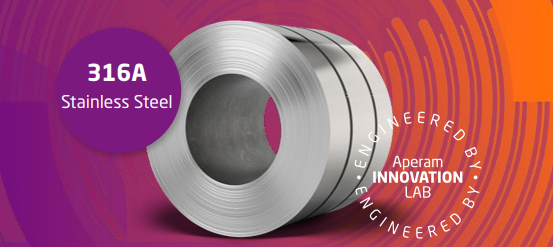5 ways how manufacturers can choose the right stainless steel

Choosing the right stainless steel grade is vital for MSMEs to ensure durability, cost-effectiveness and product quality. Discover five key ways to make informed decisions for your manufacturing needs.
Selecting the right stainless steel grade for your product manufacturing is crucial, especially for Micro, Small and Medium Enterprises (MSMEs) relying on stainless steel as a primary raw material. The right choice ensures durability, cost-effectiveness and quality.
Here are five key ways to make an informed decision:
1. Understand the environment of use
The first step in choosing the right stainless steel grade is understanding the environment in which your product will be used. Different grades offer varying levels of resistance to corrosion and oxidation. For instance, grade 304 is widely used for its excellent corrosion resistance and is suitable for kitchen equipment and food processing industries. On the other hand, grade 316 offers enhanced resistance to corrosion and is ideal for products exposed to harsh environments, such as marine applications and chemical processing.
2. Evaluate mechanical properties
Each stainless steel grade has unique mechanical properties, such as tensile strength, hardness and ductility. These properties determine how the material can be shaped, machined, or welded. For products requiring high strength and durability, such as construction materials or automotive components, grade 430 is a popular choice due to its good formability and moderate corrosion resistance. Conversely, grade 410 is ideal for cutlery and surgical instruments, thanks to its excellent hardness and wear resistance.
3. Cost vs performance
Balancing the cost and performance of stainless steel is critical for MSMEs to remain competitive. While higher-grade stainless steel may offer superior properties, it also comes at a higher cost. Grade 201 is an economical alternative for applications where high corrosion resistance is not critical, such as kitchen utensils and automotive trim. However, for applications where long-term durability is crucial, investing in higher grades like 304 or 316 may prove more cost-effective in the long run.
4. Certifications and standards
Ensuring the stainless steel grade complies with relevant industry standards and certifications is essential for maintaining product quality and safety. Look for grades that meet standards set by organisations such as the American Society for Testing and Materials (ASTM) or the International Organization for Standardization (ISO). Certified grades ensure consistency and reliability in your manufacturing process.
5. Expert consultation
When in doubt, consulting with a stainless steel expert can provide valuable insights tailored to your specific needs. Experts can recommend the most suitable grades based on your product requirements, manufacturing processes, and budget constraints. They can also assist in understanding the latest advancements in stainless steel technology, ensuring your MSME stays ahead of the competition.
Choosing the right stainless steel grade for your product manufacturing is a multifaceted decision that impacts the quality, durability and cost of your products. By considering the above factors, MSMEs can make informed choices that enhance their competitive edge in the market. Investing time and effort in selecting the appropriate stainless steel grade ensures your products meet the highest standards of quality and performance.










